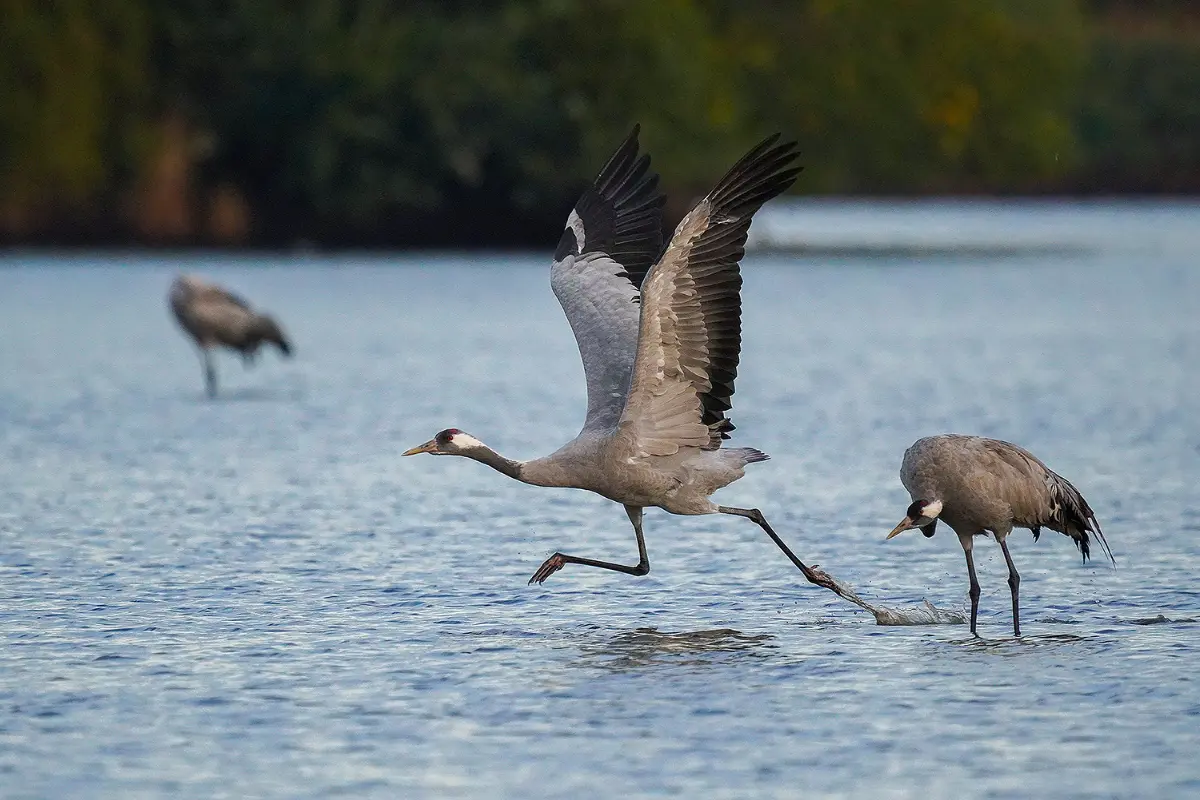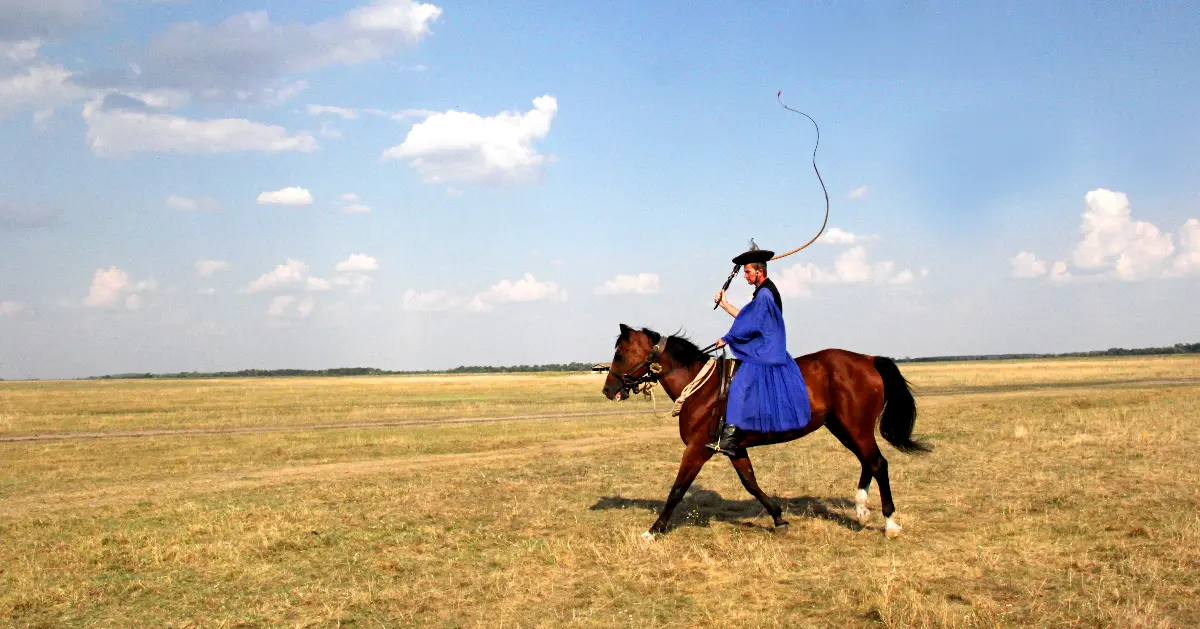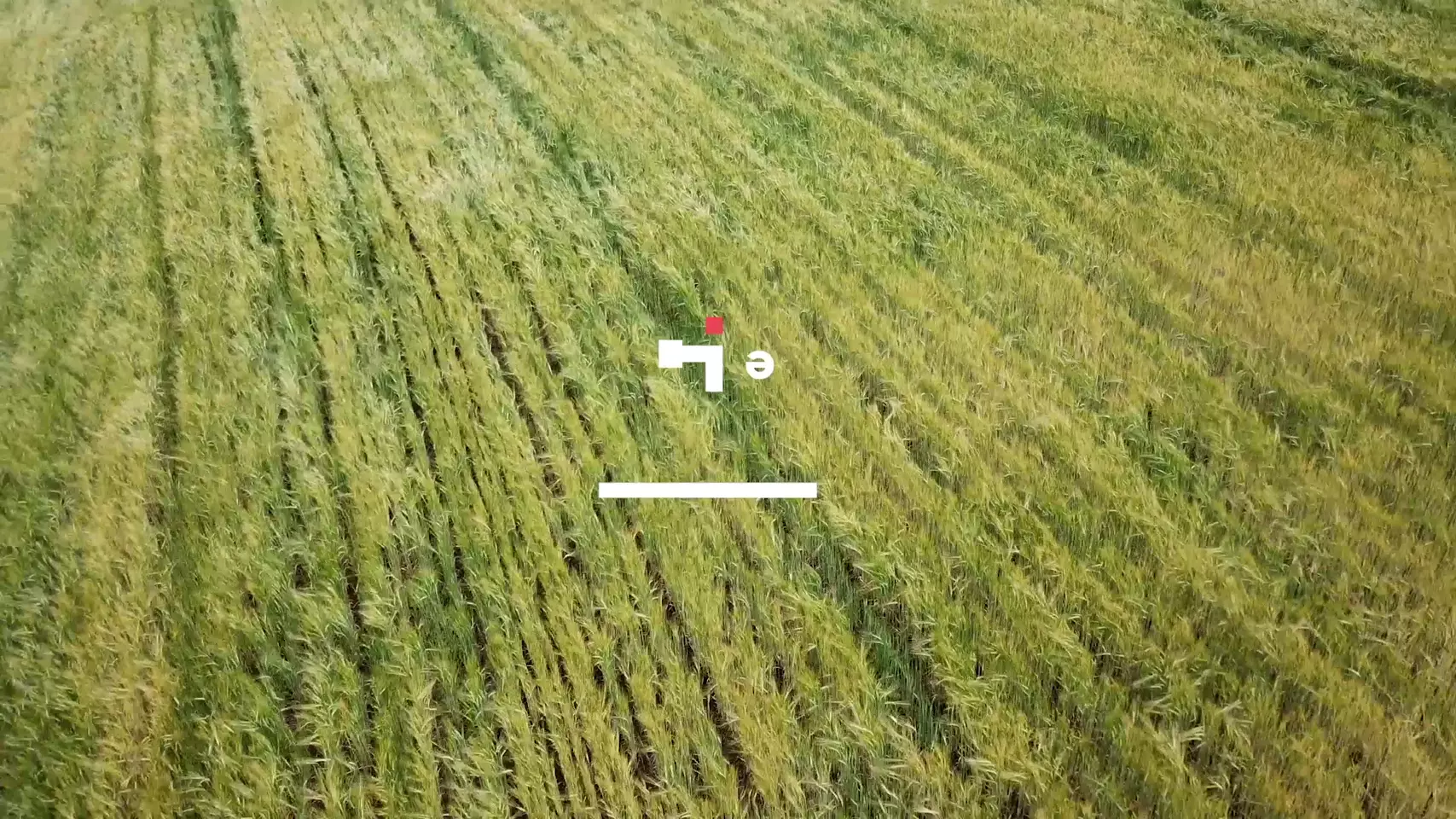
Helyszín címkék:
From celestial to earthly wonders – exploring Hungary's renowned puszta, the Hortobágy
Francisck Réka Alíz
Perhaps it’s odd that a vast lowland plain aroused the interest of UNESCO in 1999, when Hortobágy was designated a world heritage site, though the ‘puszta’, as it is known in various languages, is full of life despite it being still.
For many the puszta is a symbol of the past, of traditions and ‘Hungarian Spirit’. It probably looked the same when our ancestors conquered this part of the world. The soundscape must also have been similar: at one end horses pawed the ground, at the other sheep bleated, surrounded by barking dogs. Perhaps the shepherds also sang songs like those of today. The Hortobágy is Europe’s largest uninterrupted open pasture and has a range of unique animals. Actually, they are unique only for foreigners. For Hungarians, grey cattle, racka (a special variety of sheep) and mangalica (curly-haired pigs) represent tradition itself. Just as Hungarians have the puli, which shepherds the flock, or the Hungarian goose which, despite the popular concept, is far from silly and is one of the most intelligent of poultry – if that matters at all in the world of domestic fowl – Hortobágy and what it represents arouses an atavistic feeling, even in the most hardened urban dwellers. To examine the region’s flora and fauna closely it is worth reading the small print in biology books, since we’ll find expressions like loess puszta grass and alkaline pasture of slough grass, in addition to Festuca Pseudovina, marsh spike-rush or hair-like feather grass. Maybe we are a bit better off with animals since a reed warbler, great bittern or bee-eater (all birds) are somewhat more familiar. So are the cranes: the V-shaped flight of cranes is an extraordinary thing. A century ago, these birds nested in the Carpathian Basin but by now they can only be seen here, migrating in the spring and autumn – a memorable sight, worth getting up for at dawn.

Délibáb (Fata morgana)
The ‘movie’ of the Hortobágy, the délibáb rainbow-like mirage is known to all. It’s like a rainbow in that getting close it turns out there’s nothing there. Years ago, at the time of the great Hungarian poet Petőfi, there were far more intriguing mirages, as if the trees and sweep-pole wells were dancing in the air, even upside down. The slim, stilt-like shaduf used to be the mobile phones in the isolated world of farmsteads. The scholarly ethnographer Ottó Hermann once called them the ‘puszta telegraph’ since shepherds and herdsmen were able to send messages with the positioning of the pole and the way clothes were tied to it. They signalled when watering time came, or the day labourer’s lunchtime was due. The highwaymen also kept an eye on the messages to learn whether a gendarme was near the inn, as did the wanton young wives’ lovers to see whether the master was at home – there’s nothing new under the sun. Talking about the sky: in 2011, the Hortobágy was designated on the international list of Dark Sky Places – today it is one of the three so-called Starry Sky Parks that can be found in Hungary (click here for detailed info).

Under the bridge
Beside nature’s gems, man-made treasures are also noteworthy. What the Eiffel Tower is for Paris or Big Ben for London, so is the Nine-Hole Bridge for the Hortobágy. A wooden bridge used to stand here, and it was only in 1825 that the town of Debrecen decided to replace it with a stone bridge, the longest public road stone bridge of historic Hungary. They didn’t realise they had bitten off more than they could chew. It seemed the bridge was cursed as one trouble followed another until finally, after six years of hard work, it was inaugurated. Still, the long struggle wasn’t futile; the bridge was built sturdy and paid no notice of the stormy centuries which passed it by. Ever since, the famous Bridge Festival has been held every August. It originated as a cattle market, but by now it has become a tourist attraction drawing crowds of people with its huge array of traditional folk crafts. Then there’s the Hortobágyi Csárda right at the foot of the bridge, entertaining customers for three centuries. Undoubtedly, with that amount of time it is possible to learn everything worth knowing about hospitality. Traditionally the inn was noted for serving hungry guests a hot dish within seconds. Today it is rather proud of its specialties made of the species grazing outside – the grey cattle, the racka sheep and guinea-fowl.

Festival of the cranes and other programmes
The migration of cranes (Grus grus) in Hortobágy is one of the most spectacular phenomena of the Hungarian autumn, when tens of thousands of cranes can be seen as they fly above the grasslands to their overnight roosting places. Cranes have been appreciated birds of Hungarian culture. Written history from the 16th century proves that cranes lived in households. The chicks were taken home and raised, and then kept as pets and as sentinels: they are watchful guides, and their loud cries were useful. Tradition says that the fortresses in the Hungarian Plain kept groups of cranes at the top of the walls, so that they would notice enemies even in the darkness of the night. Cranes were sold on the markets, and their meat was eaten. The bones of the birds were used for carving different tools and instruments. Crane feathers were worn on the hats of shepherds with great pride. Cranes do not tolerate disturbance, and need sufficient feeding grounds as well, so it is especially important to preserve the feeding and resting sites of these birds where they can gather strength during their migration. Up to 70-80,000 cranes can gather in the Hortobágy region from October, then in the first week of November some groups start to move on to the southern part of the Hungarian Plain. Depending on the weather, they stay in Hungary for about 2 months, preparing themselves for the rest of their migration route to their wintering sites in Northern Africa, Tunisia and Sudan. (In the southern part of the Hungarian Plain smaller flocks remain also for the winter. About 700-1,000 individuals spend the entire summer here. During the migration, a festival is dedicated to the cranes. In addition, the Hortobágy hosts a wide range of other popular events, many of which relate to the herdsmen. There are ‘driving-in’ and ‘driving-out’ celebrations which relate to the activities of herdsmen and take place at the end of the fall and the beginning of the spring. There are several festivals throughout the year, including the Herdsmen’s festival – Hortobágy international equestrian days, and the Hortobágy Bridge Fair. To explore these and more, it’s worth planning a daytrip, and return a few months later, to discover the many faces of this miraculous land.









